AN EXCLUSIVE INTERVIEW WITH
MARK EDWARD HARRIS
INTERNATIONAL AWARD-WINNING PHOTOGRAPHER
BY JOSÉ JEULAND
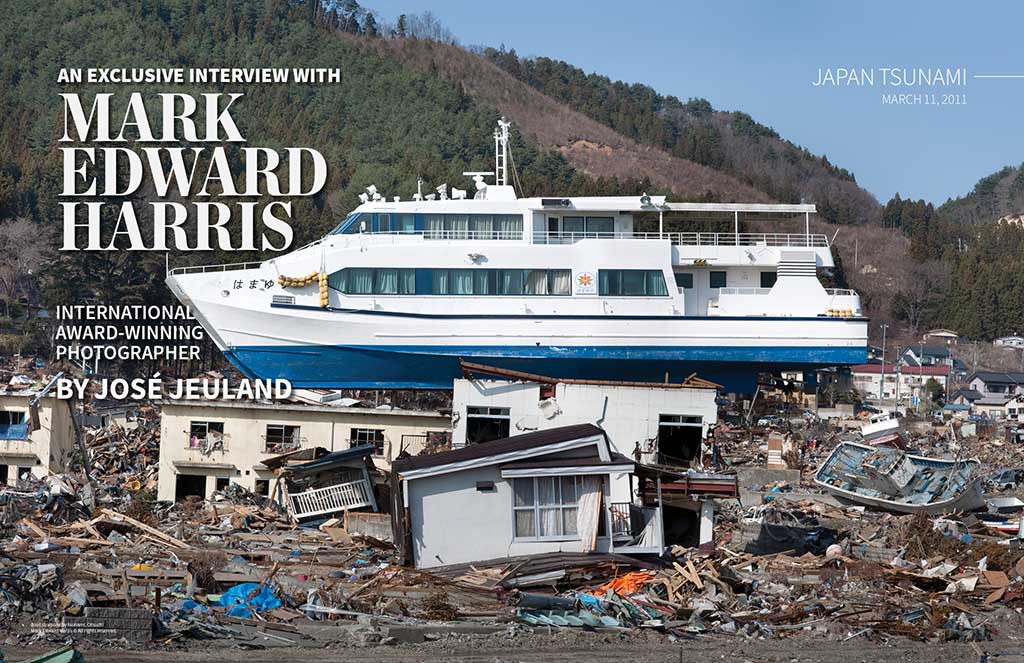
Mark Edward Harris © All rights reserved.
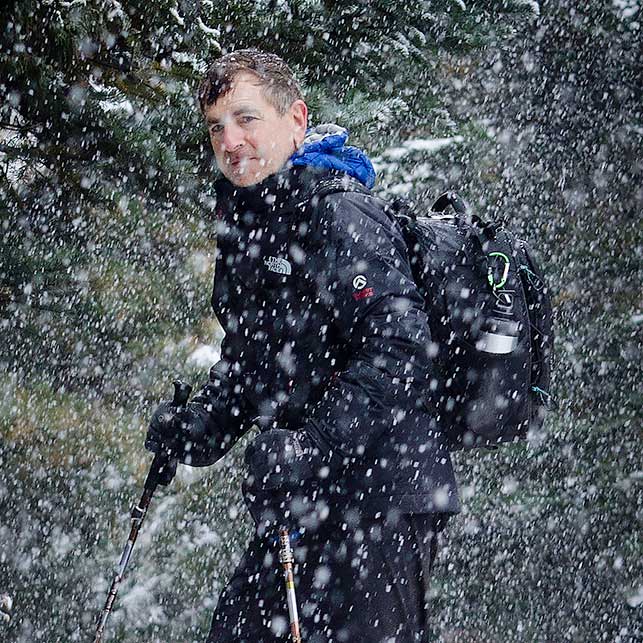
by Mohan Duwal © All rights reserved.
Los Angeles-based Mark Edward Harris is an award-winning international photographer with more than three decades of experience. He has traveled to over 100 countries so far, authored and published award-winning books focused on daily cultural life in Southeast Asia, China, North Korea, Japan, Iraq and Iran.
His photography work is being exhibited in impressive private collections, museums, and galleries around the globe.
His editorial work has appeared in the most important publications worldwide, including The New York Times, The London Times Travel Magazine, National Geographic Traveler, Forbes, LIFE, Vanity Fair, GEO, The Los Angeles Times Sunday Magazine, and many others.

Mark Edward Harris © All rights reserved.
Harris is also the recipient of numerous awards including a CLIO Award for advertising photography, an Aurora Gold Award for commercial directing, and an ACE Award for directing and producing a video for television. Harris shares his photographic knowledge through teaching photography workshops around the globe.
In 2012, he was a keynote speaker in Yokohama at the International Travel Mart, presenting his series on Japanese ryokans and hot springs In the wake of the country’s tsunami and at the Travel Photography Festival at the Royal Geographical Society in London.
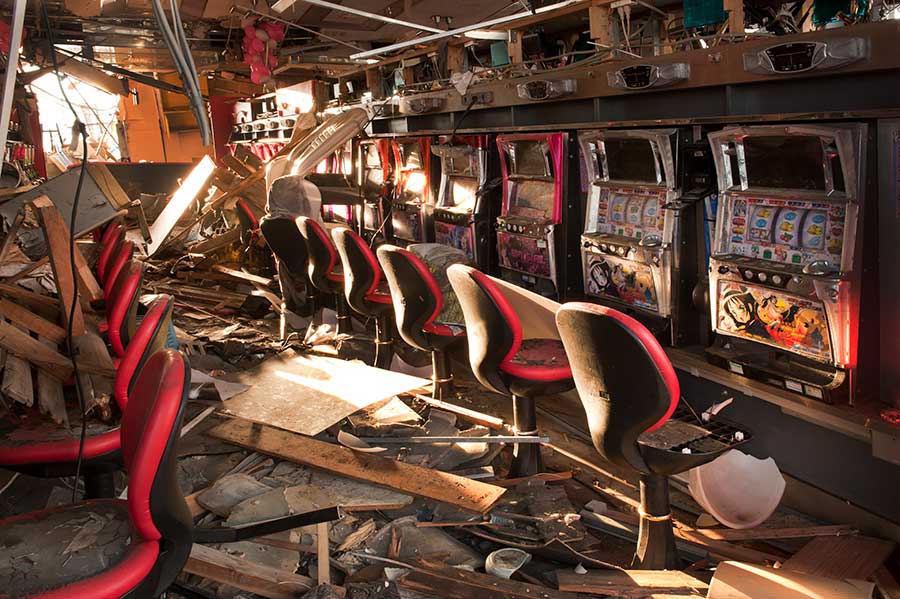
Mark Edward Harris © All rights reserved.
In 2013 his first book on South Korea and his second book on North Korea were released with a book tour including stops at the Pacific Asia Museum in Pasadena, the Korea Society in New York, and the Newseum in Washington, DC.
“North Korea” was named “Photography Book of the Year” at the International Photography Awards.
In 2017 Focal Press published, “The Travel Photo Essay: Describing a Journey Through Images.”
A 3rd edition of “The Way of the Japanese Bath” was released in 2019. Mark’s next book, “The People of the Forest,” will focus on orangutans. It is a great pleasure to interview one of the most influential photographers in the world!
AN EXCLUSIVE INTERVIEW WITH
MARK EDWARD HARRIS
INTERNATIONAL AWARD-WINNING PHOTOGRAPHER
BY JOSÉ JEULAND
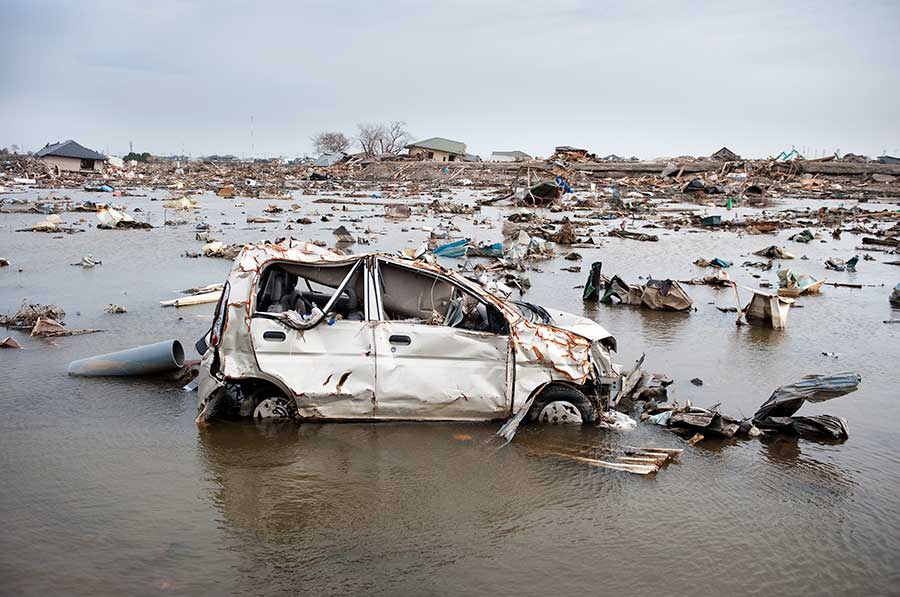
Mark Edward Harris © All rights reserved.
José Jeuland: Many thanks, Mark, for your time and effort to have an interview with Lens Magazine.
It’s a pleasure to feature your magnificent work. You are considered by many as one of the most influential photographers of our generation documenting unique cultural life and events, such as the series “Japanese Tsunami,” featured here.
How does it make you feel when you hear people describe you as one of the most influential photographers of our generation?
Mark Edward Harris: I’m not sure I deserve that high compliment, but the words are very much appreciated.
I feel that many of the projects I do are an effort to put a human face on issues worldwide. Too often, I see people grouped “en masse” in the political arena as well as the media, and it’s essential to see them as individuals.
I’m honored when publications such as Lens Magazine help me get the word out, that in essence, we’re all the same. In my series on a fellow great ape, orangutans, my goal is to help bring attention to the serious issues they face in the wild due to habitat destruction in their native Borneo and Sumatra. Humans and orangutans share about 97 percent of the same DNA, and in the portrait part of the series, I hope to convey these highly sentient beings’ individuality.
J. J.: Back in the 80’s you graduated from California State University, Los Angeles with a Master of Arts Degree in Pictorial/Documentary History and started your career as a professional photographer. Looking back at your academic study, would you say it’s a “must” for photographers to have educational experience for having a successful career?
M. E. H.: Education comes in many ways. For some, such as my friends Sandro Miller and Joey Lawrence, who goes by Joey L, that education comes from an incredible amount of street knowledge. Others, such as Sebastiao Salgado, have a formal education that very much informs their work. And that education is not necessarily in studying photography.
In Salgado’s case, his study of economics is shown in the types of long-term projects he takes on.
The more depth we have as individuals, the more depth we will have in our photographs. There are many paths to get to the same place. I think assisting other photographers is extremely helpful in learning the tools of trade and better understanding the photography business.
J. J.: Your experience during the past three decades moves from travel photography, documentary, wildlife, advertising photography to even a television director.
This is unique and unusual; most photographers focus only on one field, but you also succeed significantly in each area, receiving international awards. What led you to move and develop in each of these fields?
M. E. H.: I’m very much driven by instinct rather than economics. If something feels right, I will often pursue it.
Some projects take hold while others feel like it might be best to shelve them. Photographers such as Jeanloup Sieff never let themselves be cubbyholed into a single genre.
I do recognize that it can be confusing for photo editors or art directors when they’re selecting
a photographer for an assignment to see a variety pack of images. Hence, I carefully divide my website into different categories as well as presenting a few of the same types of images at a time on Instagram. Therefore, there’s a sense of cohesion. In terms of genres, documentary photography is definitely on the top of my list because of my endless fascination with history.
J. J.: Let’s talk about the series “Japan Tsunami.” It’s an incredible project, which is very relevant today since we’re getting to the 10th anniversary of the catastrophic tsunami that occurred on March 11, 2011.
[On March 11, 2011, a magnitude-9 earthquake shook northeastern Japan, unleashing a savage tsunami. The great earthquake’s effects were felt worldwide, from Norway’s fjords to Antarctica’s ice sheet. Tsunami debris has continued to wash up on North American beaches years later.]
Were you at the place at the time? How did you manage to document the event?

Mark Edward Harris © All rights reserved.
M. E. H.: I was in Toronto to shoot a project at the World Wildlife Fund offices there for an ongoing Coca-Cola outreach program assignment when I saw the breaking news reports of the cataclysmic tsunami.
It was almost unfathomable to comprehend the scenes being shot from a helicopter of the waves coming inland for miles near Sendai. Since childhood, I’ve admired Japanese culture, produced three editions of a book on the Japanese hot spring tradition called “The Way of the Japanese Bath,” studied karate, judo, and kendo, and been fascinated by their woodblock prints. I also speak conversational Japanese.
In other words, I’m a Japanophile, so there was an immediate feeling that I needed to get over to Japan to document this difficult time in that nation’s history. I contacted a good friend, Yoshi Ohkuma, with whom I had worked with on travel stories in the past, and he agreed to drive me up to the devastated coastal areas of northeastern Tohoku.
On our first night in Sendai, we were hit with a 7.1 earthquake that seemed to last forever, and we were evacuated from the hotel. I felt much better sleeping the rest of that night in a sleeping bag in a parking lot under an open sky. Day to day, we would drive from town to town, documenting the unbelievable amount of damage that the tsunami caused. Japanese buildings and homes are built to withstand almost any size earthquake, but they were no match for the powerful waves.
J. J.: In this terrible event, there were nearly 20,000 deaths. More than 120,000 buildings were destroyed, 150,000 evacuees who lost their homes, 50,000 of them ending up living in temporary housing for years. It’s probably tough to document these hard days, with an enormous amount of bodies and destruction of lives. Looking back, were you shooting more from a professional place or from an emotional approach?
M. E. H.: Philip Jones Griffiths told me that he approached photographing the war in Vietnam the way a doctor has to work with their patients. If you let emotions overwhelm your thinking, you’re useless as a photographer.
That doesn’t mean we can’t be compassionate and have an emotional response, but we can’t let them disable us.
It was much easier for me to document what was going on in the tsunami’s aftermath because everyone was on the same side, trying to help each other.
Griffiths had to document humankind’s worst actions as did my good friend Nick Ut who took the Pulitzer Prize-winning “Terror of War” photo. What they had to do was infinitesimally more difficult.
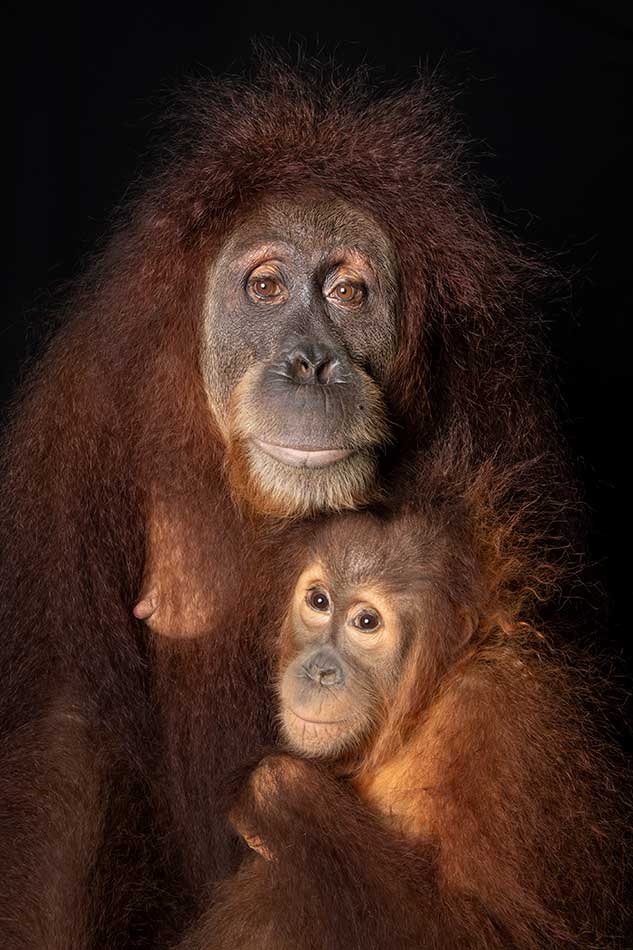
Mark Edward Harris © All rights reserved.
J. J.: Let’s talk about your magnificent Orangutan series “Eyes Are The Window To The Soul.”
This project demonstrates the individuality of each primate as well as their clear awareness of self.
The series won at the 2018 Sony’s World Photography Awards and the Prix De La Photographie State of the World 2020 Awards. Tell us about how it all started. Where did you find these orangutans, and what led you to do this project?
M. E. H.: I initially to use the title “Eyes are the Window to the Soul” after photographing the orangutans at the International Orangutan Center in Indianapolis. It became apparent immediately that there were sentient beings looking back at me through the opposite side of the lens. I ended up changing the title for my upcoming book to “The People of the Forest,” which is what the word orangutan translates to in Malay and Indonesian. As I became more and more aware of the plight orangutans are facing in the wild due to habitat destruction, I began to delve deeper and deeper into the project including two trips to Borneo.
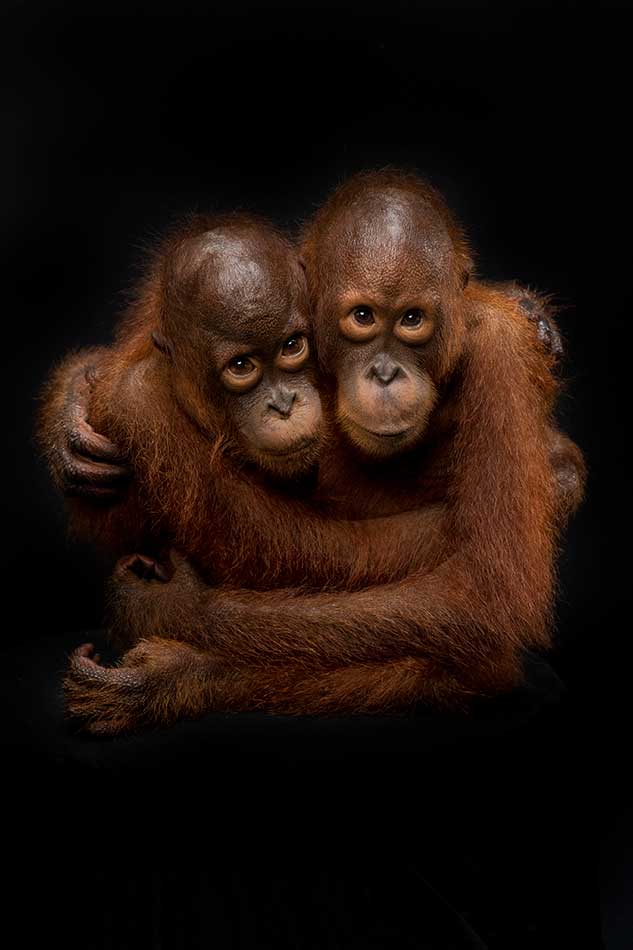
Mark Edward Harris © All rights reserved.
J. J.: From a technical aspect, how did you make them sit so calm in front of the camera? One of the portraits is even described as the “Orangutan Mona Lisa,” with its emotional look and smile.
M. E. H.: It was entirely up to the orangutans whether they wanted to be photographed or not and whether they wanted to look at the camera. In reality, they would most often just sit down for a brief moment, look me over to see what I was up to, and then move on. The magic of photography is that this 1/250th of a second exposure makes it feel that we’re having a long engaged session. That is not the reality.
In some locations I was shooting through a mesh fence, in others through a glass divider. At the Borneo Orangutan Survival Foundation and in the Singapore Zoo, they were sitting on a tree stump or table I had covered with a black backdrop, and there was no divider between us. When the orangutans decided the session was over, it was over.
J. J.: How do you arrange the light for this project?
M. E. H.: StellaPro as a constant light source and Profoto strobes for flash situations when I need to completely overwhelm the ambient light.
I need to handhold the light on a monopod and move around to get the angle on the orangutans’ faces since they are constantly moving. In places where it is possible to put up a back/sidelight, I put a head on a stand held down by a Matthews Fly-Away Sandbag, which I can fill up on the location. I just got their small C-Stand, which breaks down and fits into my Think Tank Production Manager rolling bag with my lights and other stands, making the projects I’m shooting solo on the road more feasible.
J. J.: From your experience during the years, what is the most challenging part about being a photographer for you?
M. E. H.: The freelance life can yield incredible rewards but comes along with its own set of stresses. Assignments come and go, editors change at publications, technology is always evolving.
Freelancers have to stay on top of this constant flux. I learned from Eve Arnold years ago that it was important for a freelance photographer to have long-term projects that would smooth out the times between being overwhelmed with assignments and sitting around waiting for the phone to ring.
Her major book, “In China,” was the result of that approach. I think my North Korea, Japanese hot spring, photographer portrait series, and orangutan projects, in particular, comes out of that kind of approach to a life in photography.
J. J.: What motivates you to continue taking pictures economically, politically, intellectually, or emotionally?
M. E. H.: My endless fascination with history is constantly opening up new opportunities. I’m especially interested in the asides of history, the lesser-known stories surrounding significant events.
J. J.: In this year, 2020, with the COVID-19 pandemic, did you go for a photoshoot journey outside the US?
M. E. H.: I started off 2020 in Borneo, working on my orangutan project, and then, after returning to LA, I crossed the Pacific again to Australia to document the wildfire animal rescue efforts on Kangaroo Island. Then in March, after an assignment in Texas’s fascinating hill country, the pandemic took hold in the US, and my overseas projects and workshops were either canceled or rescheduled for 2021.
The day California Governor Gavin Newsom declared a state of emergency, I decided to focus my efforts much closer to home to document the impact of COVID on Hollywood’s streets stripped of tourists. The project is called Naked Hollywood. I’m also using the time to explore America’s magnificent national parks, including Yellowstone, which has a fantastic network of lodges ideally situated in areas that yield incredible photo opportunities.
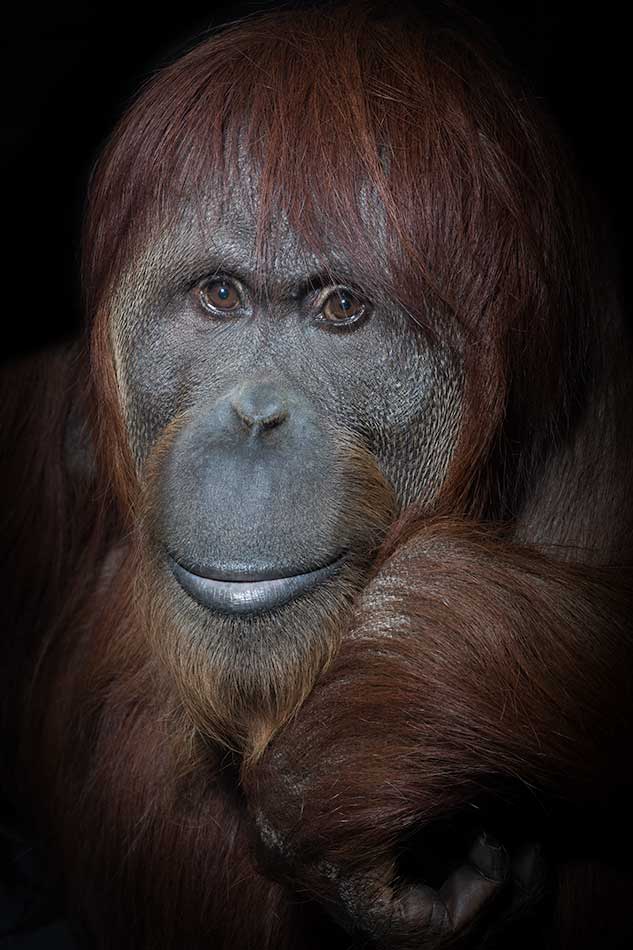
International Orangutan Center.
Mark Edward Harris © All rights reserved.
J. J.: What does the future hold? (Exhibitions/workshops/ new projects) Is there any specific project you would like to focus on in the upcoming years?
M. E. H.: I’m teaming up with some other photographer friends to teach workshops, including Michelle Valberg, whom I co-taught with in the Arctic Circle on a ship, and Sandro Miller who I taught with in India and China.
Deanne Fitzmaurice, Nick Ut and I plan to pick up where we left off to do some workshops in Europe once the pandemic gets under control. I learn so much from these other photographers as well as from all the photographers I’ve interviewed, which fits into my interest in documenting history. I’ll continue to do my solo workshops as well, including one in Bhutan in the fall of 2021.
I list my workshops on my website and have a bunch more that will be released when I see the light at the end of the tunnel from the pandemic. As for exhibitions, I plan on doing a worldwide tour of the orangutan series to coincide with the release of the orangutan book. I’m also anxious to get back to Japan to update my onsen (hot spring) series and document the Tohoku region’s recovery efforts. I did that on the fifth anniversary for Vanity Fair and want to document the progress a decade since the tragic events of 3.11.
J. J.: What type of cameras do you shoot with?

